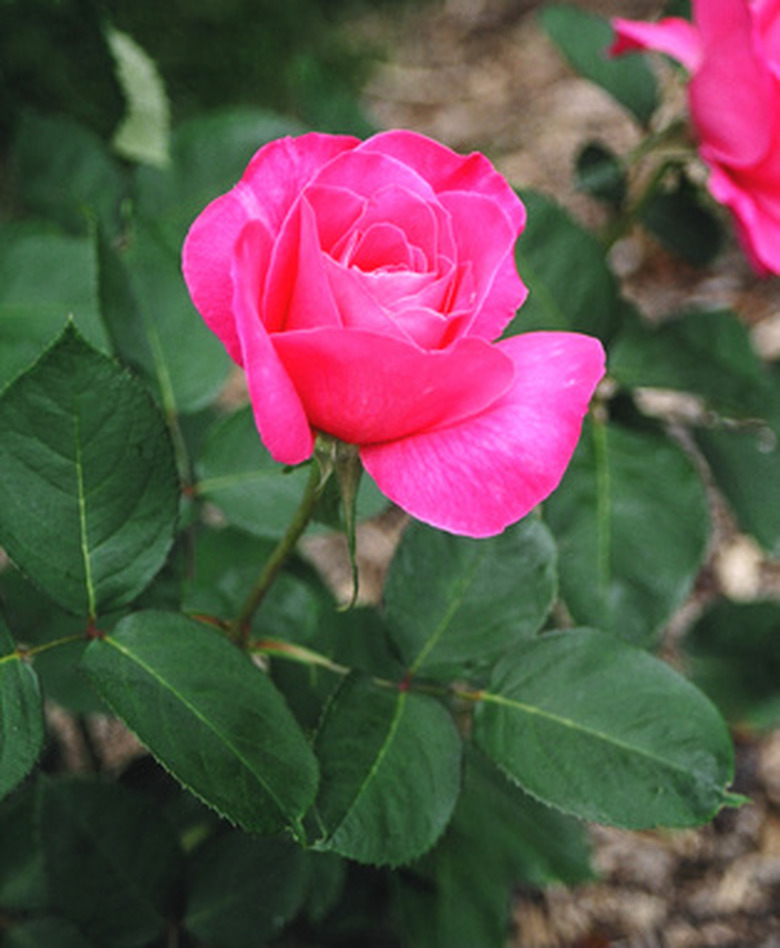How To Compare Vascular & Nonvascular Plants
When you think of a plant you probably picture something with green leaves, branches, a stem and flowers. Many plants, known as vascular plants or trachelophytes, fit this description. However, some don't, and these are known as nonvascular plants or bryophytes.
Vascular vs Nonvascular Plants
The main difference between vascular and nonvascular plants is that a vascular plant has vascular vessels to carry water and food to all the different parts of the plant. The phloem is the vessel that transports food and the xylem is the vessel that transports water. On the other hand, a nonvascular plant doesn't have a vascular system. This means nonvascular plants are much smaller than vascular plants, and this is one of the simplest ways you can distinguish between vascular vs nonvascular plants.
Another difference is that a nonvascular plant doesn't have roots like a vascular plant does. Instead, a nonvascular plant has rhizoids, small hairs that keep the plant in place. A vascular plant's roots provide support and also soak up water from the area surrounding the plant. Nonvascular plants are most commonly found in moist environments, which ensures they get enough water without relying on roots.
Nonvascular plants have much more simple methods of reproduction than vascular plants. Most nonvascular plants reproduce by producing single-celled spores or through the asexual process of vegetative propagation, where a new plant grows from a portion of the parent plant.
Vascular Plant Examples
Clubmosses, horsetails, ferns, gymnosperms and angiosperms (flowering plants) are some examples of vascular plants. Basically, any land plant that carries water and food throughout its parts is a vascular plant, from grasses and tomato plants to shrubs and trees.
Gymnosperms, like cedars, pines and spruces, create cones to house their seeds, while angiosperms, like sunflowers, lilies, elm trees and maple trees, create their seeds inside flowers or fruits.
Non Vascular Plant Examples
Three non vascular plants examples are mosses, liverworts and hornworts, which all have flattened, green plant bodies.
You're likely to see mosses covering the floor of a forest or the trunk of a tree. They have short central stems, wiry branches and very small, leaf-like structures.
Liverworts are most common in tropical climates and may be leafy (typically found on tree trunks in damp woods) or branching (common on moist soil or damp rocks). Branching or thallose liverworts provide food for animals, and help logs decay and rocks disintegrate.
Hornworts, as their name suggests, have a thorny structure. Most species form small, insignificant blue-green patches, but tropical species may spread across large areas of soil or up the sides of tree trunks.
Cite This Article
MLA
Gillespie, Claire. "How To Compare Vascular & Nonvascular Plants" sciencing.com, https://www.sciencing.com/compare-vascular-nonvascular-plants-6862381/. 22 November 2019.
APA
Gillespie, Claire. (2019, November 22). How To Compare Vascular & Nonvascular Plants. sciencing.com. Retrieved from https://www.sciencing.com/compare-vascular-nonvascular-plants-6862381/
Chicago
Gillespie, Claire. How To Compare Vascular & Nonvascular Plants last modified March 24, 2022. https://www.sciencing.com/compare-vascular-nonvascular-plants-6862381/
